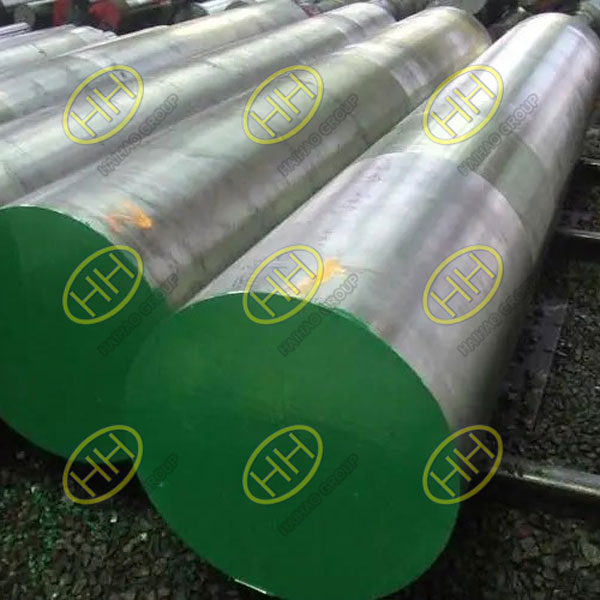Haihao Group’s anti-corrosion measures for submarine stainless steel pipelines
In a marine environment, frequent sea winds and waves create a challenging atmospheric environment. The sea breeze stirs the waves and mixes a large amount of seawater with the atmosphere, resulting in the presence of a large number of salt particles in the atmosphere, especially chloride ions, which have high electrical conductivity. These chloride ions can easily form electrolyte solutions and form microbatteries on the metal surface, which enhances corrosion activity and destroys the passivation film on the metal surface.

duplex 2205 stainless steel pipes
Anti-corrosion measures for stainless steel pipes
- Material selection: Everything starts with material selection. We strictly inspect incoming stainless steel pipes and fittings to ensure they meet the required standards. When selecting materials, we comprehensively consider economic factors and functionality. Under special operating conditions, we may consider choosing materials with stronger corrosion resistance, such as nickel-containing austenitic stainless steel, duplex stainless steel, titanium and titanium alloys or fiberglass. When selecting materials, we also consider appropriately increasing the corrosion allowance of pipes and fittings to meet the service life requirements of the pipeline system.
- Surface coating protection: In order to improve the corrosion resistance of stainless steel pipes in the marine environment, we use surface coating technology. Traditional corrosion-resistant coatings often have poor adhesion to the smooth surfaces of stainless steel. However, we have developed an effective coating solution specifically for marine environments: epoxy powder coating. This solvent-free powder coating is sprayed onto the stainless steel surface and forms a film that provides rugged protection against corrosion.
- Electrochemical protection: Electrochemical protection methods include cathodic protection, anode protection and sacrificial anode protection.
Cathodic Protection: In this method, a metal with a lower electrode potential is connected to the metal to be protected to form an electrochemical galvanic cell. The metal with the lower electrode potential acts as the anode and dissolves, while the protected metal acts as the cathode and avoids corrosion.
Cathodic protection: Using an external DC power supply, the metal to be protected is connected to the negative electrode as the cathode. This causes the potential of the protected metal to deflect negatively and enter the non-corrosion zone of the E-pH diagram. Connect the scrap metal to the positive electrode as the anode, causing the scrap metal to corrode and protect the cathode.
Anode protection: Using an external DC power source, connect the protected metal to the positive pole as the anode. The electrode potential moves in the positive direction (i.e., anodic polarization) and enters the passivation area of the E-pH diagram, so that the protected metal is “passivated” and protected.
Through these comprehensive anti-corrosion measures, Haihao Group ensures the durability and reliability of stainless steel pipelines, even under the harsh conditions of the subsea environment.

